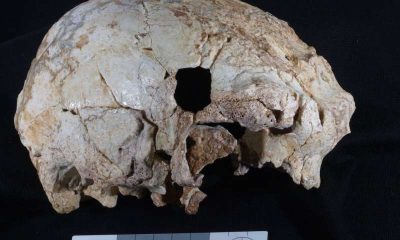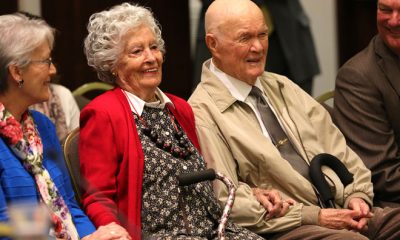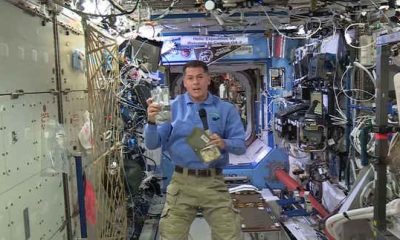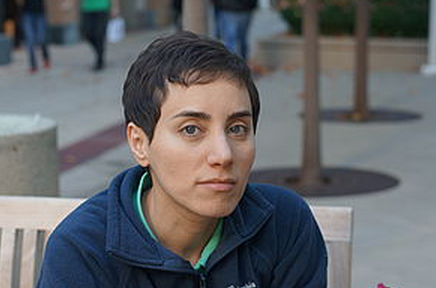Sugata Mitra, an Indian PhD in Solid State Physics and a researcher in what he calls Minimally Invasive Education (MIE), is the 2013 winner of the $1 million fund from the prestigious Technology Education Design (TED) Prize. His research began with his Hole in the Wall concept.
He will be using the money to further his researches. Simply put, his concept is that with the proper tools like computers and the Internet, children will learn on their own through the creation of self-structured systems. He had also noted that self-structured systems had the characteristic of emergence, where a property appears which was not a characteristic of the structure in the first place.
Sugata Mitra’s Hole in the Wall
The beginning of his research was a study he called Hole in the Wall where he placed computers in a kiosk in a poor section of New Delhi and recorded the children teaching themselves how to use the computers. Replicating the study and revising them for more detail, the results showed that children would not only be able to teach themselves how to use the computer, but with the proper tools it is also possible for them to learn a language, as well as topics of higher learning. The studies were conducted in various parts of the world, including India, Bangladesh, Bhutan, Italy and the United Kingdom.
In every case, he had set up computers in classrooms or kiosks, and the children worked as a group. This created a system of learning where the group members discussed what they learned through the Internet and taught one another about their research. A side-effect of the study is that the students could replicate the method of learning and use this for other more advanced topics.
Sugata Mitra Pushes for Cloud Based Learning
Sugata Mitra later augmented the study with distance learning assistance from a group of retired grandmothers who helped the children in a classroom in India, remotely via the Internet. This project was called the Granny Cloud. The grandmothers were volunteers for the project and they were communicating via Skype from a booth in the United Kingdom.
With the TED prize, he wants to use the money for the next phase which he calls School in the Cloud. The goal of the project will be to use cloud computing to introduce a new system of learning in which students will interact with a group of Internet based mediators.
Photo Credit: Sugata Mitra















Facebook
Twitter
Pinterest
Google+
LinkedIn
Email